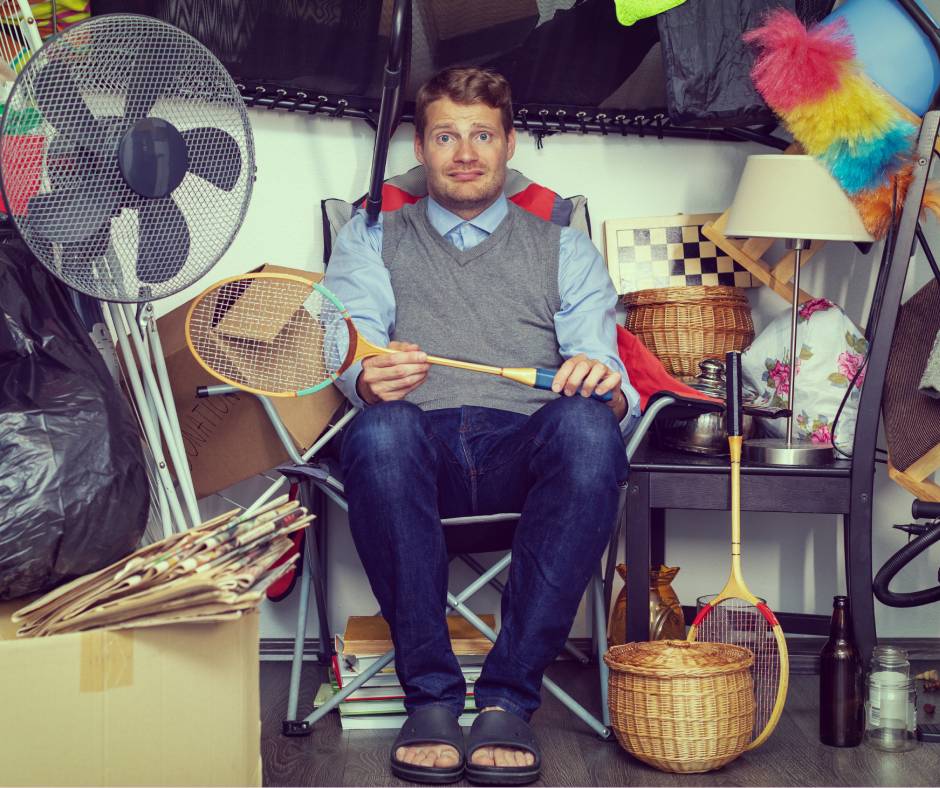Hoarding is more than just holding onto old newspapers or a closet full of clothes you don’t wear. It’s a complex psychological condition that affects millions worldwide. For those who find themselves surrounded by clutter, hoarding can create barriers to leading a fulfilling life. Understanding the psychology behind hoarding behavior can help us better determine how to help others deal with this disorder.
Emotional Attachment to Objects
Many people with hoarding disorder develop an emotional attachment to their possessions, often assigning them sentimental value or viewing them as extensions of their identity. This deep-rooted connection makes it hard for them to part with items, even those that seem meaningless to others. The thought of discarding these possessions can elicit intense anxiety, fear, and even grief. It’s more about therapeutic intervention than simple organization.
For some, objects may symbolize security and comfort, especially if they’ve experienced loss or trauma. These possessions act as a buffer against future pain and uncertainty. The emotional significance of items creates a vicious cycle where the individual with hoarding disorder continue to accumulate to maintain a sense of safety. This behavior, driven by emotional need, highlights why compassionate approaches are necessary to make progress.
Further, addressing the emotional ties to belongings can pave the way for effective treatment. Therapy focused on cognitive restructuring can help those with hoarding disorder reframe their relationship with their possessions, gradually decreasing their dependence on items for emotional stability.
Cognitive Challenges in Decision-Making
Those with hoarding disorder often struggle with decision-making. The overwhelming number of possessions creates paralysis, so every decision feels monumental. This indecision often stems from a fear of making the wrong choice and losing something of potential value. The growing sense of fear can lead to procrastination, which leaves spaces cluttered.
Focusing on small, manageable decisions helps individuals slowly build confidence in their decision-making. Encouraging incremental progress rather than demanding complete change can facilitate a shift in behavior over time.
Impact of Social Isolation
One of the signs of hoarding behavior is social isolation. Individuals with hoarding disorder can become isolated due to shame and embarrassment about the state of their living environment. Cluttered homes often prevent social interactions and make it challenging to invite friends or family over. This isolation can exacerbate feelings of loneliness and depression, further entrenching hoarding behavior.
The lack of interaction can lead to a reliance on objects for comfort and companionship. This cycle reinforces hoarding tendencies as individuals prioritize their possessions over meaningful relationships. Breaking this cycle requires a supportive network willing to engage without judgment. Encouraging small, positive interactions and promoting social opportunities can reduce isolation and motivate individuals to seek help.
Understanding the psychology behind hoarding behavior reveals the complexity of this condition and highlights the need for compassionate intervention and support. By addressing emotional ties, cognitive challenges, and environmental factors, individuals can begin to untangle the web of hoarding.
Treatment involves more than reducing clutter; fostering healthier relationships with possessions and people is also important. For those affected, change is possible with patience and the right resources.

